Have you ever wondered just how long 40 meters really is? Numbers can feel abstract until we connect them with something we see or use every day. Whether it’s comparing it to buildings, vehicles, sports fields, or even the number of steps you take, 40 meters becomes much easier to imagine with real-world examples.
In this article, we’ll break down 40 meters into clear comparisons, simple conversions, and everyday references. From famous landmarks to sports measurements, you’ll see exactly how this distance looks in practical life. By the end, you’ll not only know the math behind 40 meters but also be able to picture it instantly in your mind.
How Long is 40 Meters?
Forty meters might sound like just a number, but when you try to picture it, it isn’t always easy. To put it simply, 40 meters is equal to 131.23 feet or about 43.7 yards. That’s a little less than one-twenty-fifth of a mile, which means it’s not very far if you’re driving, but it feels quite noticeable when you’re walking.
In everyday life, 40 meters can be measured in steps. Since the average person’s stride is about 0.8 meters, walking 40 meters takes around 50 steps. This makes it a distance you could cover in under a minute at a normal walking speed. Thinking of it this way helps you realize that 40 meters is more practical than abstract.
Beyond numbers and walking steps, this distance becomes clearer when compared with things we know well—like buildings, vehicles, sports fields, or even famous landmarks. These comparisons make 40 meters much easier to visualize, and that’s exactly what we’ll explore in the sections that follow.
Statue of Liberty

One of the easiest ways to imagine 40 meters is by comparing it to the Statue of Liberty in New York. From the base to the tip of the torch, the statue measures about 93 meters tall. That means 40 meters is a little less than half of its total height.
If you stood at the base and looked up, you’d realize that 40 meters would only reach a bit above the statue’s waist. This makes the distance easier to picture because the Statue of Liberty is a landmark many people recognize instantly.
By connecting 40 meters with such a famous monument, it’s easier to understand how significant this length feels. It’s not towering like a skyscraper, but it’s far from small—it sits somewhere in the middle, easy to notice and meaningful in scale.
A 13 Story Building

Another way to picture 40 meters is by comparing it to the height of a 13-story building. On average, one story of a building is about 3 meters tall. Multiply that by 13, and you get roughly 39 to 40 meters, which makes the comparison almost exact.
So, if you’ve ever stood in front of a mid-rise apartment block or office building, that’s about how tall 40 meters looks. It gives you a strong sense of scale—tall enough to be impressive, but not so tall that it competes with modern skyscrapers.
Two Tennis Courts

Tennis courts are a great way to measure distance because most people have seen or walked around one. A standard tennis court is about 23.77 meters long. When you place two courts end-to-end, the total length comes close to 47.5 meters, which is just a little longer than 40 meters.
This means that 40 meters is slightly shorter than two tennis courts placed back-to-back. If you’ve ever watched a match, you can imagine how much ground the players cover. Picture running from one baseline across almost two full courts—that’s roughly the span of 40 meters.
Using tennis courts as a reference makes it clear that 40 meters is not a huge distance but still long enough to notice in a sporting environment. It’s a length that can be seen and felt, making it an easy way to understand how far 40 meters really is.
4 London Double-Decker Buses
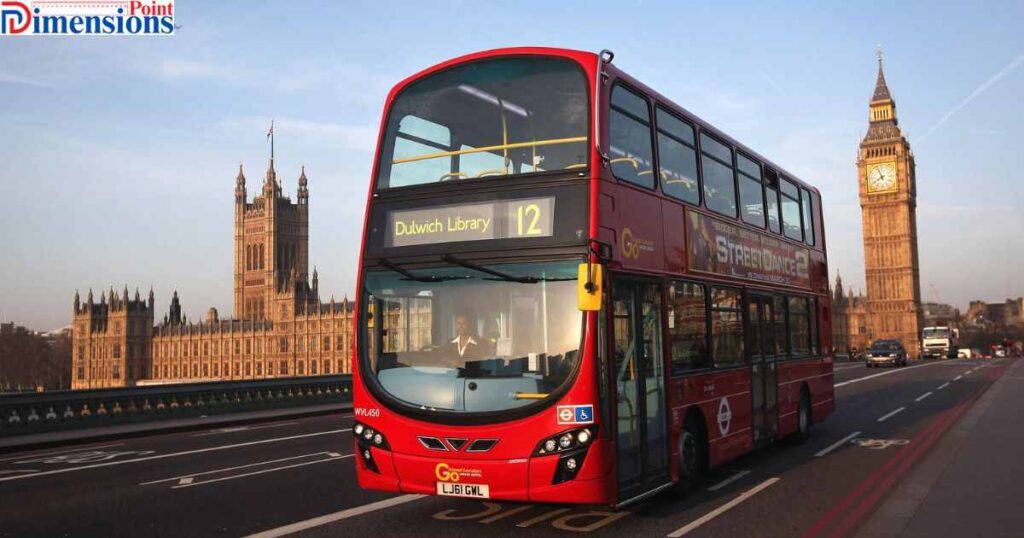
London’s red double-decker buses are famous worldwide and also make a handy way to picture distance. Each bus is about 10 meters long, so lining up four of them end to end gives you almost exactly 40 meters.
If you’ve ever stood near one of these buses, you’ll know how big they feel on the road. Now imagine four of them connected in a straight line—stretching across a street or filling nearly half a football field. That’s the real-life picture of 40 meters.
This example makes it clear that 40 meters is not just a number but a noticeable length you could easily spot in an urban setting. It’s the kind of distance that would stand out in city traffic or along a busy road.
Two-Fifths the Height of Big Ben

Big Ben, one of London’s most iconic landmarks, stands about 96 meters tall. If we take two-fifths of that height, the result is close to 38.4 meters—almost the same as 40 meters. This makes Big Ben a useful reference point for visualizing the distance.
Imagine looking up at the clock tower and covering just under half of its total height. That portion alone gives you a strong sense of how tall and significant 40 meters feels in comparison to a world-famous structure.
By connecting 40 meters to a landmark like Big Ben, the distance becomes easier to picture. It shows that while 40 meters is much smaller than the whole tower, it’s still a substantial length that can’t be overlooked.
Half the Size of a Giant Sequoia

Giant sequoia trees in California are among the tallest living things on Earth, often reaching heights of 75 to 80 meters. That means 40 meters is about half the size of one of these towering trees. Even at half, it’s still an impressive length when compared to everyday objects.
Picture standing at the base of a sequoia and looking halfway up its trunk—that’s roughly 40 meters. It’s high enough that you would strain your neck to see the top, showing how large this distance really is when placed in nature.
This comparison highlights that 40 meters is not just a man-made measure but a scale that fits naturally into the world around us. Relating it to something as majestic as a giant sequoia gives the distance both size and wonder.
Chicago Water Tower

The Chicago Water Tower is one of the city’s most historic landmarks, standing at around 47 meters tall. That makes it only a little taller than 40 meters, which puts the two measurements very close together.
If you’ve ever seen the Water Tower in person, you can imagine that 40 meters would reach nearly its full height, stopping just a few meters short. This makes the comparison very practical because the building is tall but not overwhelming like a skyscraper.
By connecting 40 meters with a recognizable landmark like the Water Tower, it becomes easier to understand. It shows that 40 meters is the size of a complete, stand-out structure, not just a short distance on the ground.
3 Semi-Trailer Trucks

A standard semi-trailer truck is about 13 to 14 meters long. If you line up three of them end to end, the total length comes close to 40 meters. This makes trucks a simple and familiar way to picture the distance.
On the road, a single semi already feels massive when it drives past. Now imagine three of them connected in a straight line—that’s the span of 40 meters. It’s the kind of length that would stretch across a good portion of a city block.
This comparison shows that 40 meters is not just a small gap but a significant stretch of space. Thinking of it in terms of trucks makes it easy to visualize, especially if you’ve ever seen how much ground even one truck covers.
Double the Length of a Bowling Lane
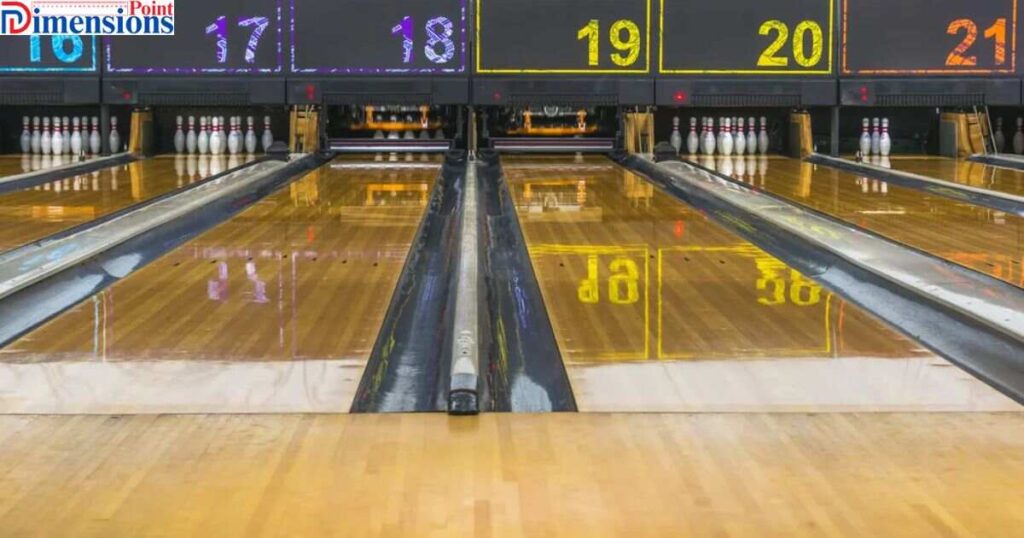
A standard bowling lane measures about 20 meters from the foul line to the pins. When you double that distance, you get 40 meters almost exactly. This makes bowling lanes an easy and fun way to visualize how long 40 meters is.
If you’ve ever played a game, you know how far it feels to roll the ball down the lane. Now imagine rolling it twice the distance, one lane after another—that’s the span of 40 meters. It’s much longer than it seems once you picture it this way.
By using a simple and familiar activity like bowling, the length of 40 meters becomes clear. It shows how the distance can be both playful and practical when compared with everyday experiences.
2x the Length of a Cricket Pitch
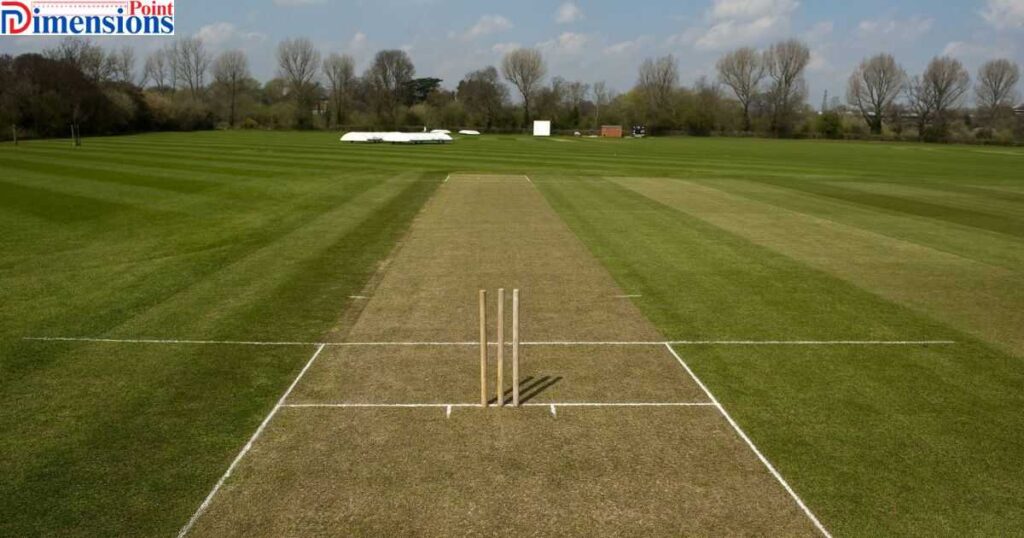
A cricket pitch is 22 yards long, which is about 20.1 meters. When you double it, you get almost exactly 40 meters. This makes cricket pitches one of the most precise and relatable comparisons for understanding the distance.
For cricket fans, picturing two pitches laid back-to-back makes the idea of 40 meters simple to grasp. It’s like running between the wickets twice in one go without stopping. That’s a clear way to feel the stretch of this length.
This comparison works well because it connects measurement with a sport known worldwide. Whether on the field or in imagination, thinking of two cricket pitches together turns 40 meters into something easy and familiar.
1.5 Times the Distance Between Baseball Bases
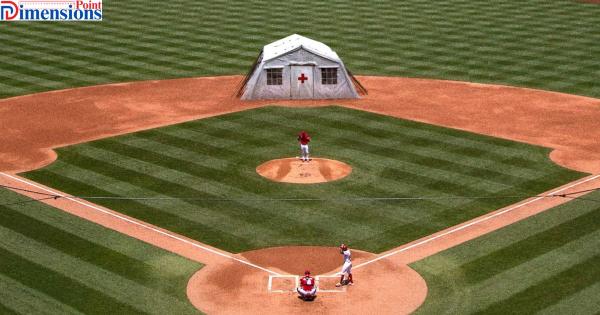
In baseball, the distance between bases is 90 feet, which equals about 27.4 meters. If you extend that by half again, you reach roughly 41 meters—almost the same as 40 meters. This makes it a very practical comparison for sports fans.
Visualizing 40 meters as one-and-a-half times the run between bases helps you understand how long it really is. Imagine sprinting past one base, then covering half that distance again before stopping—that’s the stretch of 40 meters.
For players and fans alike, this comparison gives a sporty perspective. It shows how 40 meters is not just a random number but a distance that fits naturally into familiar movements in the game.
Ha’Penny Bridge
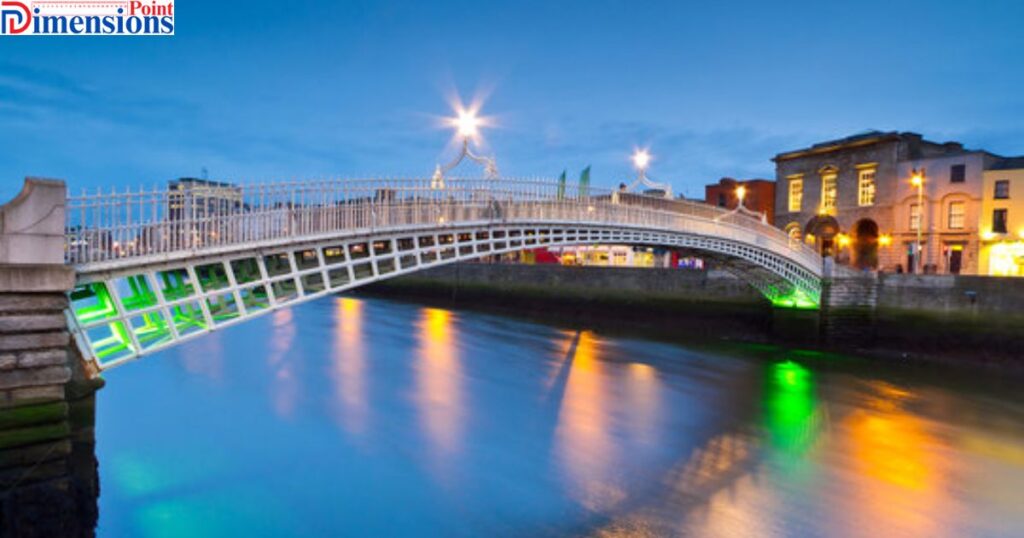
The Ha’Penny Bridge in Dublin, Ireland, is one of the city’s most iconic landmarks. Interestingly, its total length is about 43 meters, which is very close to 40 meters. That makes it an excellent real-world comparison for understanding this measurement.
When you picture walking across the Ha’Penny Bridge, you’re essentially covering the distance of 40 meters in just a few steps more. This comparison shows how manageable and walkable 40 meters really is in everyday life.
By linking 40 meters to a famous structure, the distance becomes easier to visualize. Instead of just numbers, you can imagine the span of a historic bridge and instantly relate to how far 40 meters stretches.
How Long is 40 Meters Compared to an Olympic Swimming Pool?
An Olympic-sized swimming pool is 50 meters long, which means 40 meters covers most of its length. In fact, swimming 40 meters would take you almost from one end to the other, leaving just 10 meters short. This makes the comparison both practical and easy to picture.
For swimmers, this distance feels significant, it’s more than three-quarters of a lap in an Olympic pool. If you’ve ever watched competitive swimming, you can imagine how much effort it takes athletes to cover that distance at high speed.
This example helps people connect the abstract idea of 40 meters to a real-life scenario. By thinking of nearly a full pool length, you can clearly visualize the distance and appreciate how long it really is.
Visualizing 40 Meters with Everyday Walking Distance
On average, a single step for an adult is about 0.75 to 0.8 meters. This means it would take around 50 to 55 steps to cover 40 meters at a normal walking pace. Thinking of it in steps makes the measurement much easier to connect with daily movement.
If you imagine walking from your front door to the end of a short street or across a medium-sized parking lot, that’s roughly 40 meters. It’s not a huge distance, but long enough to feel noticeable when you picture it in everyday walking terms.
Is 40 Meters Longer Than a Jet Airplane?
The length of a typical passenger jet, such as the Boeing 737, is around 39 to 41 meters. That makes it nearly the same as 40 meters, depending on the specific model. In other words, 40 meters is about the length of a commercial jet you’d see at most airports.
This comparison gives a clear picture because airplanes are familiar to many people. Standing beside a jet, you can see how far its nose extends to its tail, which mirrors the stretch of 40 meters almost perfectly.
So yes, 40 meters is roughly as long as a jet airplane—and in some cases, even slightly longer. Thinking of an aircraft on the runway makes it easy to grasp just how far this distance really reaches.
Understanding 40 Meters in Nature
Nature offers plenty of examples that help us picture 40 meters clearly. For instance, some of the tallest trees, like Giant Sequoias or coastal Redwoods, can easily surpass this height, showing how massive these natural wonders are compared to the measurement. Even half the height of such trees can equal about 40 meters.
In open landscapes, 40 meters might be the distance across a wide river or the height of a steep cliff. Birds soaring at low altitude or waterfalls cascading from such a height give a natural sense of how far 40 meters stretches in the wild.
These natural comparisons not only make the distance easier to visualize but also connect it to real-world beauty. By relating 40 meters to trees, rivers, and cliffs, we see that it’s a length that blends seamlessly into the scale of the natural environment.
40 Meters Compared to Human
The average human height is about 1.7 meters. If you lined people up head-to-toe, it would take nearly 24 people to match a length of 40 meters. That shows just how much longer 40 meters is compared to a single person.
In simpler terms, walking 40 meters would feel like covering the distance of around 50 adult steps. While a human is small compared to this measurement, thinking of multiple people or steps makes it easier to visualize how far 40 meters really stretches.
Conclusion
Understanding how long 40 meters is becomes much easier when we connect it to things we see in daily life. Whether it’s the length of two tennis courts, a jet airplane, four double-decker buses, or even most of an Olympic swimming pool, these comparisons turn an abstract number into something we can clearly imagine. Nature also shows us this scale, from towering trees to wide rivers, making the distance relatable in different settings.
In the end, 40 meters is not just a figure—it’s a length we encounter more often than we think. By comparing it to buildings, sports fields, vehicles, and human movement, we gain a true sense of its scale. Next time you hear “40 meters,” you’ll be able to instantly picture its reach, whether in sports, travel, or everyday life.

Hi, I’m Tony — a passionate blogger with over 3 years of experience in writing informative and accurate content. I specialize in sharing practical insights on sizes, measurements, and spatial guides to help readers make confident decisions. Through DimensionsPoint.com, I aim to simplify complex data into easy-to-understand content that’s reliable, useful, and SEO-friendly.
When I’m not writing, I’m researching the latest trends in measurement standards and user needs to keep my content relevant and up to date.

